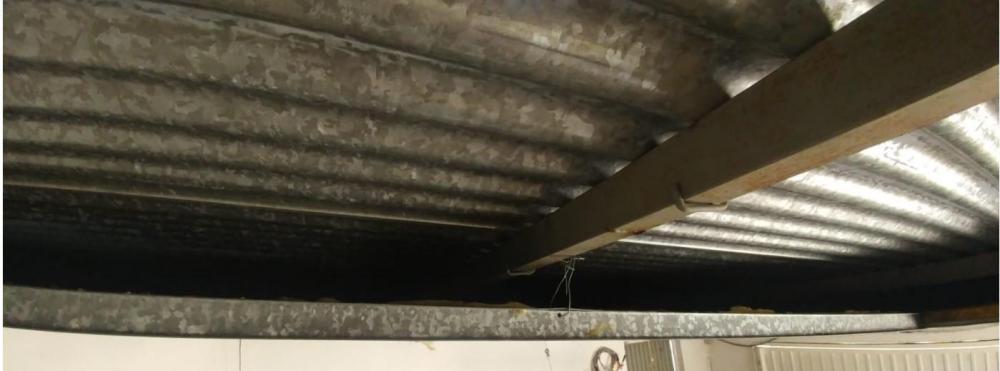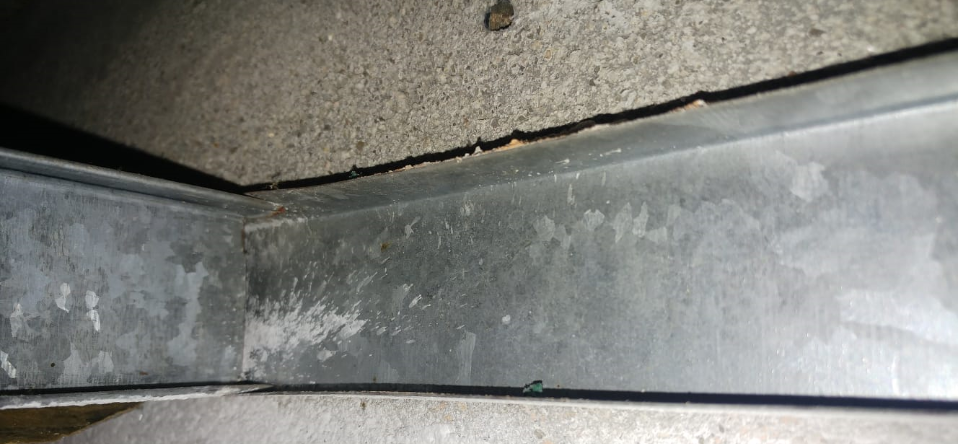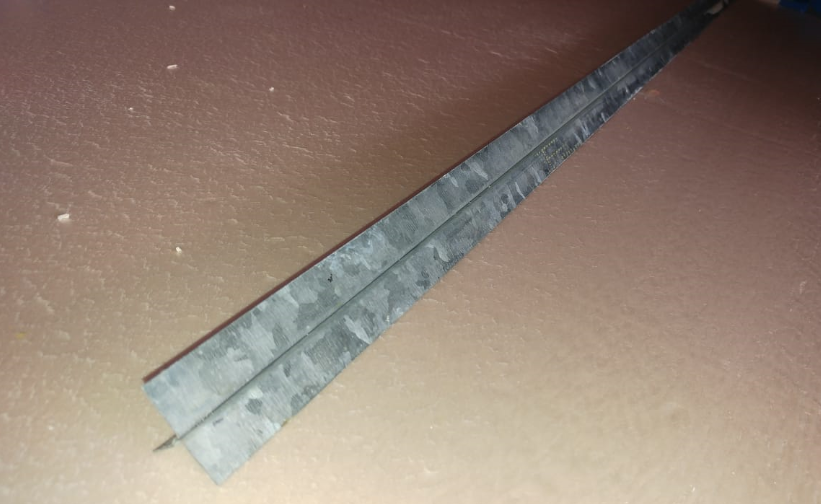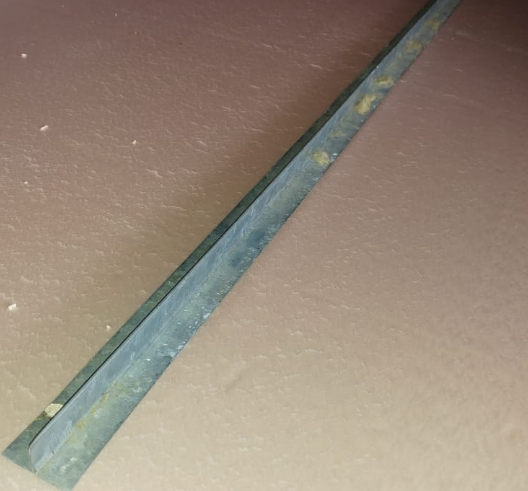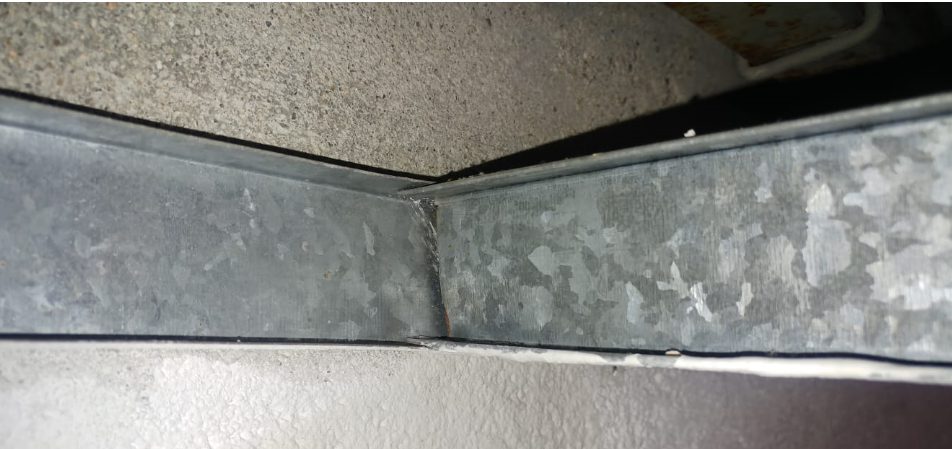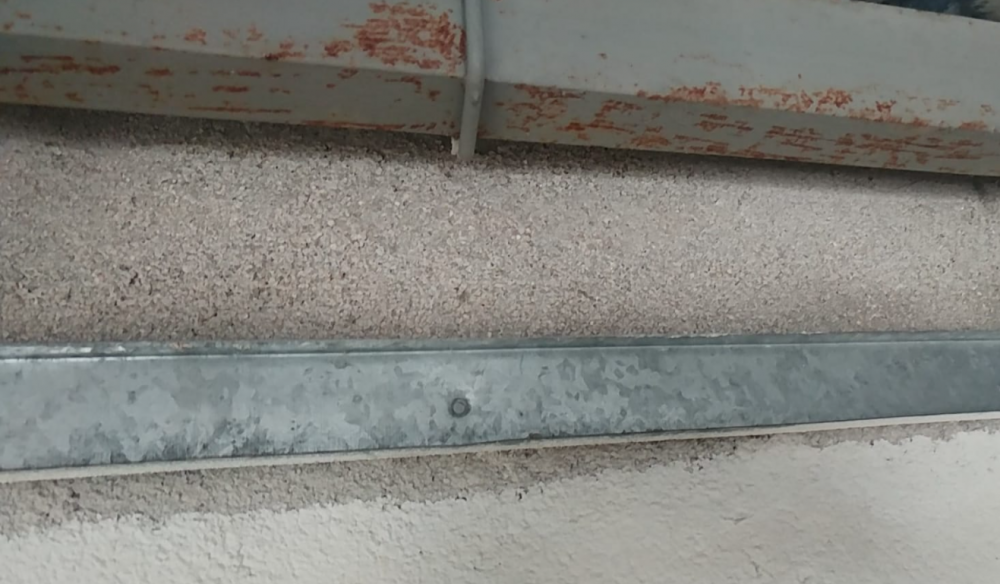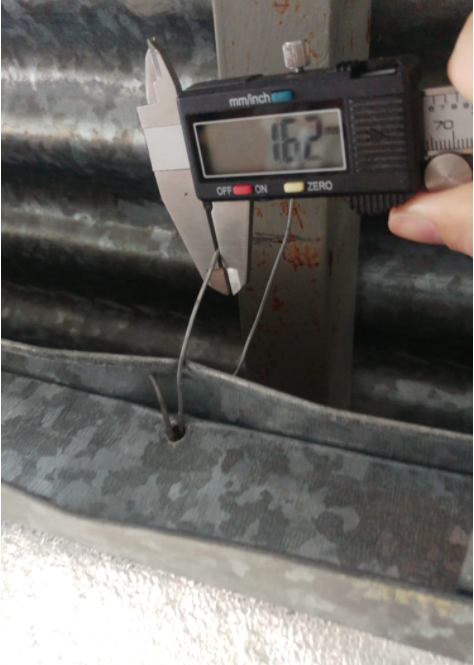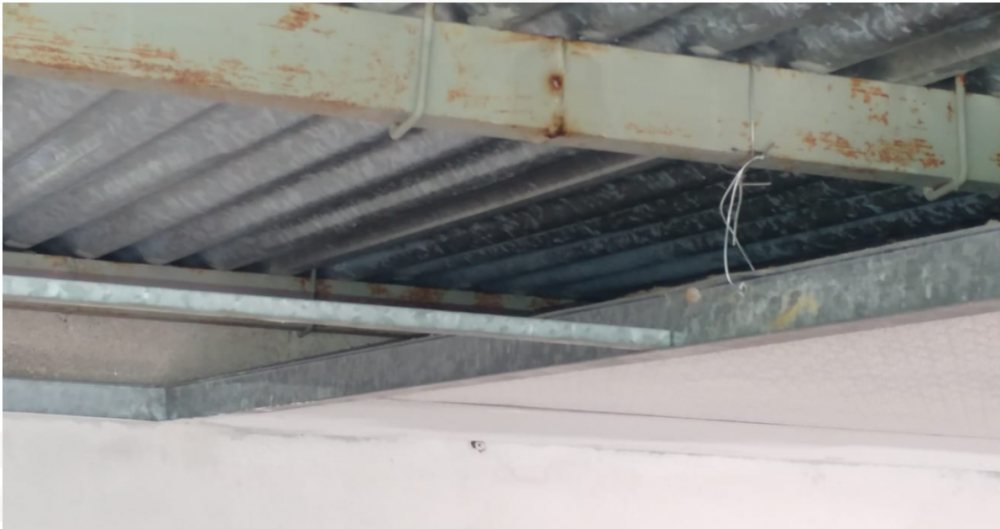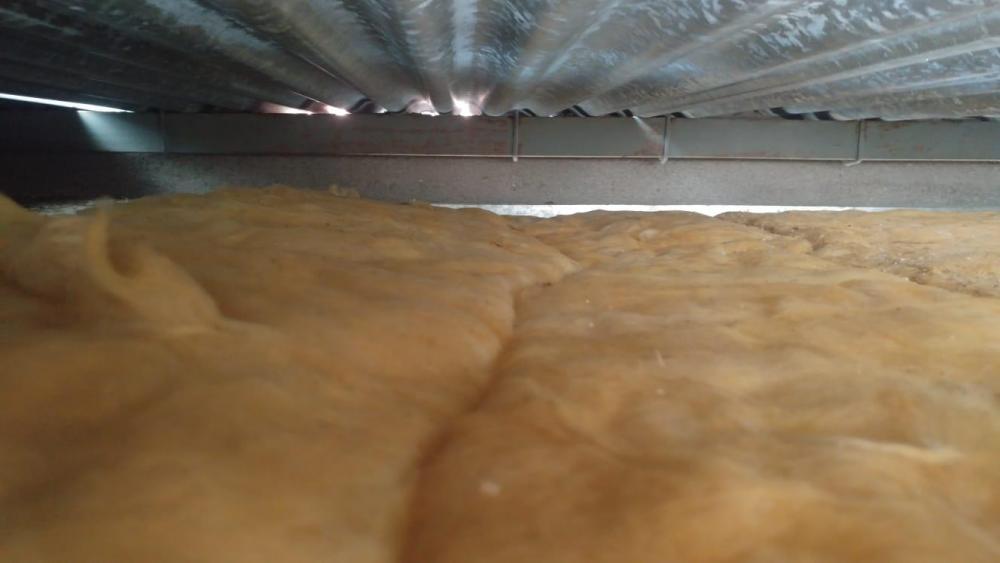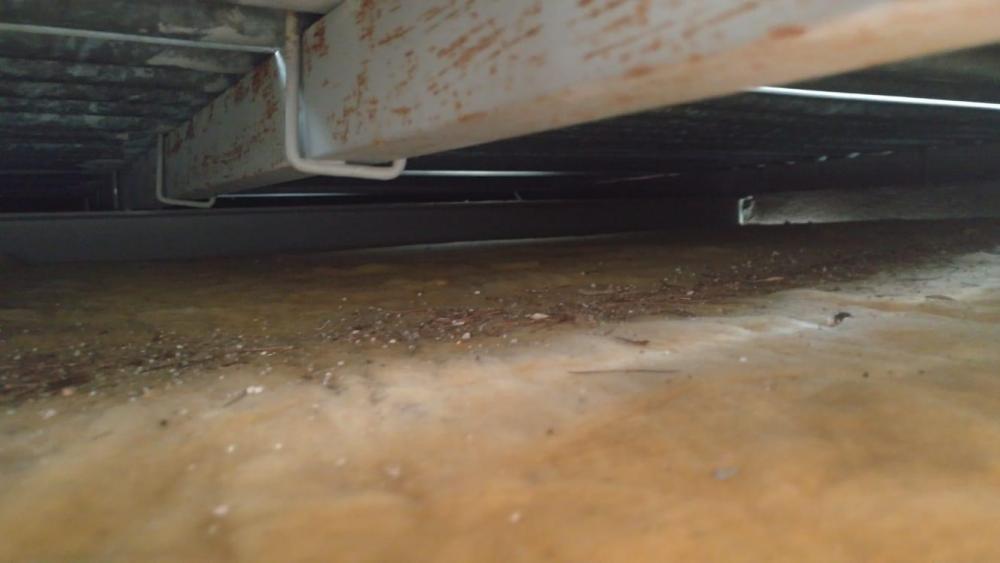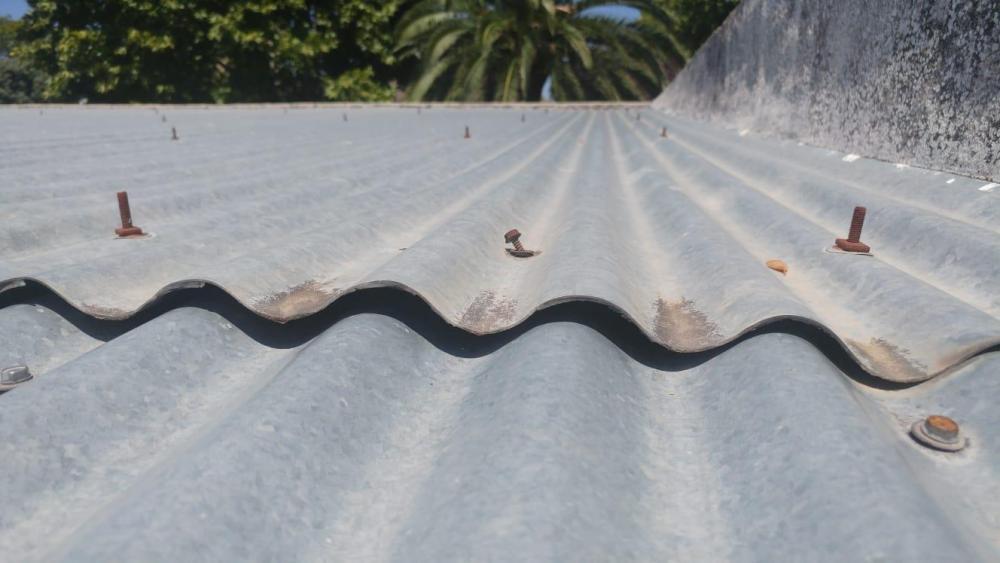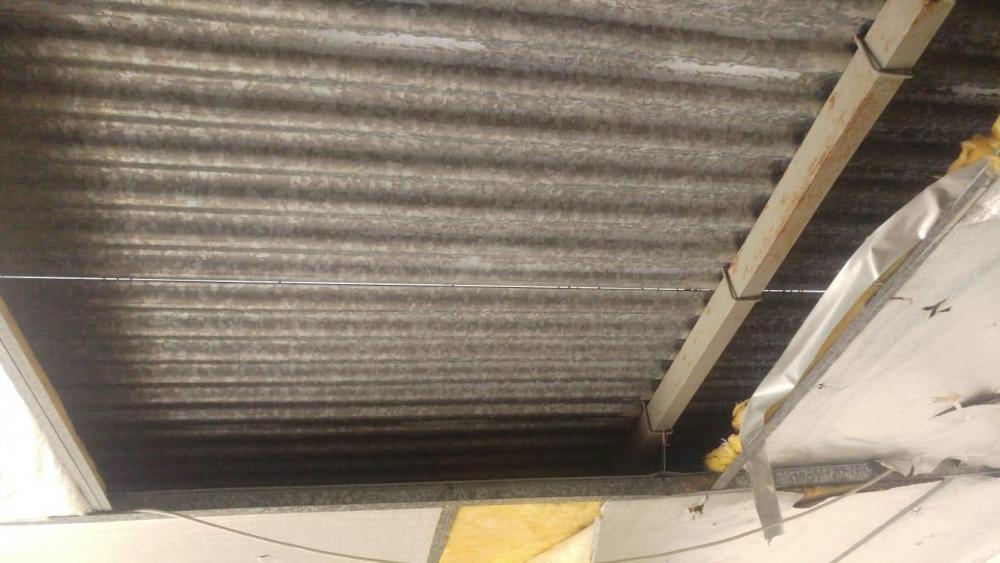
mrdman
Members-
Posts
9 -
Joined
-
Last visited
mrdman's Achievements

New Member (2/5)
2
Reputation
-
Improving weak ceiling grid for plasterboard
mrdman replied to mrdman's topic in General Self Build & DIY Discussion
You mean you'd recommend just buy 2 standard perimeters and use them back to back rather than look for a plain T similar to what there is already? Yes, that's probably the easiest. Thinking about it now actually. Maybe I should forget about having 0.6m x 0.6m grids anyway because that would mean running another full length channel. Maybe I should try for a 1.2m x 0.6m grid, in which case I'd only need some of those 0.6m Ts. And I can get hold of 1.2m x 0.6m tiles. -
Improving weak ceiling grid for plasterboard
mrdman replied to mrdman's topic in General Self Build & DIY Discussion
Ah ok, that sounds positive. Glad to hear from someone who's come across these before. I would like to fit some sort of tile there yes, as the exposed XPS I believe is a fire hazard (?), and it doesn't look great anyway. So if I can turn it into a 600 x 600 grid, that would make my life much easier as I can then get a selection of tiles that'll drop in. Would you be able to point me in the direction of the clips you're talking about? Or even to something that could work as the bar. I've not been able to find anything similar to what's there already. (Apart from welding together two angle irons which I want to avoid!) -
Improving weak ceiling grid for plasterboard
mrdman replied to mrdman's topic in General Self Build & DIY Discussion
I've seen those click systems on other ceiling grids, but this one seems to be different. It's not fixed anywhere and no holes or clips or anything. Very strange. I've taken some more pictures to show it all better. Have you seen anything like this system before? Really appreciate the advice. -
Improving weak ceiling grid for plasterboard
mrdman replied to mrdman's topic in General Self Build & DIY Discussion
The problem is I can't find any 1.2m x 1.2m ceiling tiles so these XPS boards (1.2m x 0.6m) are sort of a stop gap before something better. What would you do if you were me? Put a new grid underneath the existing one that's made for plasterboard? Or buy some steel profiles to make the grid into 0.6m x 1.2m to support the XPS better and leave it as is? Is that a fire hazard? -
Improving weak ceiling grid for plasterboard
mrdman replied to mrdman's topic in General Self Build & DIY Discussion
Ah ok. What makes it unsuitable for plasterboard in comparison to the suspended ceilings such as MF ceilings for example? Anything I can improve? -
I'm in the process of fixing up the ceiling in the garage and am planning on doing it in two phases. First getting some XPS up there to hold up the existing rockwool as it's beginning to fall down. No idea why the past owners thought that would be a good ceiling tile at 1.2m x 1.2m ! Then I'm planning on plasterboarding it. However, looking at how the structure has been fixed, I don't think it's strong enough for plasterboard. Firstly, it's just nailed into the block wall. Secondly, they are tied to the roof purlins with metal twine which is 1.6mm diameter. I was going to leave those two issues until I get to the plasterboarding, but it'd be much easier to sort it out now while I'm doing the XPS with easy access. So my questions are: 1. Am I right in assuming nailing to the wall isn't good enough. I should screw into the wall at 600mm spacing? How would you go about it? Are there special screws made for this purpose? Or do I drill through the metal with a HSS bit until just through, then switch to a masonry bit to finish? Then push a rawl plug through and fix the screw? I guess I'd need a roundhead and a washer as the hole would be oversized in order to fit the rawl plug through? 2. Am I right in assuming that 1.6mm twine isn't strong enough for plasterboard? How would I go about getting a stronger fixing there? Most of the clips I've seen are specific to their system. So maybe it's a case of simply a thicker rod that I can bend over the purlin and through the existing hole? What diameter would you recommend? Any help greatly appreciated!
-
Talavera. About 90 mins away from the centre of Madrid. If the house renovation goes well, next on the list is a little airport and it'd be the perfect holiday home!
-
Hi, I have a garage that is leaking and dripping down the seams between the long sides of the corrugated panels. Angle I'd estimate at 10 degrees pitch. When it's raining heavy, I notice a small drop every second or two. I presume it's like that everywhere. (I've only removed one "ceiling tile" which is just a Rockwool batt!) So my question on this front is, what would be a good solution to fill the seams? I was thinking maybe caulking it with an elastic polyurethane. The sheets are connected via a threaded J hook strapped around the rafters (there are no battens) which protrudes a couple of inches through the top of the roof and is fixed with a nut. The biggest leak and real problem is a stream coming down the front internal wall, which I believe is due to that screw which is half up in the air which you can see in the picture. It's roughly in that area anyway. So my question here is, what would be a good solution to seal around the protruding nuts and bolts. And what to do about the other screws. I've not been up there yet, as trying to get as much info on the ground first, but I guess the question is if they are fixed into anything underneath or not. Any help and advice greatly appreciated! PS. My eventual plan with the garage is to have it as a nice workshop. I don't have any lights up yet due to the water ingress. But my plan is to fix the leak (maybe a bead of polyurethane on the seams and replace the screw and rubber washers where needed), then put up some XPS 30mm as "ceiling tiles" rather than the rockwool batts. Then add some ventilation between the roof and insulation. Then some lighting, and it'll be a usable space.
-
Hi everyone! Really excited to have found this place! I'm from London, but have just bought a place in Spain. It's quite run down, and so I'm going to renovate it and the detached garage at the end of the garden too. Pleased to meet you all!

